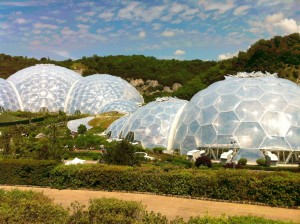 Rather than just collecting images from the web – go on a maths walk with a digital camera and take pictures of tesselated shapes – you could combine this with a project about the local town or neighbourhood and look for brickwork patterns, tiling, paving slabs, cobblestones etc. When you get back, print them off as a wall display then load them onto Flickr as a ‘collection’.
Rather than just collecting images from the web – go on a maths walk with a digital camera and take pictures of tesselated shapes – you could combine this with a project about the local town or neighbourhood and look for brickwork patterns, tiling, paving slabs, cobblestones etc. When you get back, print them off as a wall display then load them onto Flickr as a ‘collection’.
Using simple image manipulation software, turn them into black and white images and see how many coloured crayons they need to use to colour the shapes in so that no shape touches another of the same colour.
Then try this game
Get children to produce their own tesselated patterns and load them up on a special website that has a gallery for children’s designs.
Tesselation and computer mesh
Talk about how and why tesselation is important in computing.
Computers use tessellation to create 3D images and animation.
Search You Tube for some videos.
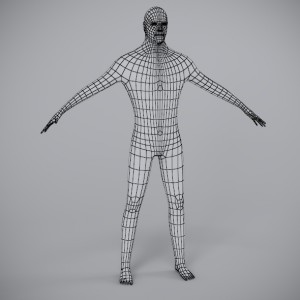 Learn the word mesh and look at some.
Learn the word mesh and look at some.
A mesh is the base for computer animation. Download a mesh of a superhero, invent a character and colour in his/her costume
( much older children can actually use pre-designed, downloadable mesh to create their own animated characters)
Find a string bag and wrap it round a big football. Look at the shapes it makes.
Try the same exercise using very loosely woven fabric and wrap it around a simple 3D object – a vase is ideal.
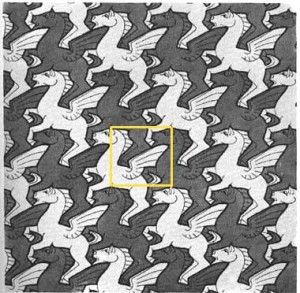 Look at the work of the artist M C Escher. Either Google him (images) or even better, go to facebook group for Escher and look at ‘related posts’.
Look at the work of the artist M C Escher. Either Google him (images) or even better, go to facebook group for Escher and look at ‘related posts’.
There is a very nice post of a lego tesselation of one of Escher’s pictures. Ask the children to write a post or comment on someone else’s post on the Escher group site.
This post is also available in: Romanian

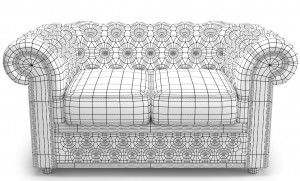
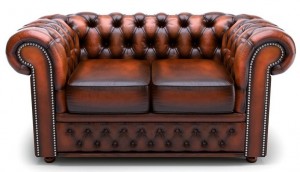



 English
English Nederlands
Nederlands Deutsch
Deutsch Italiano
Italiano Español
Español Português
Português Română
Română Cymraeg
Cymraeg
No comments yet.